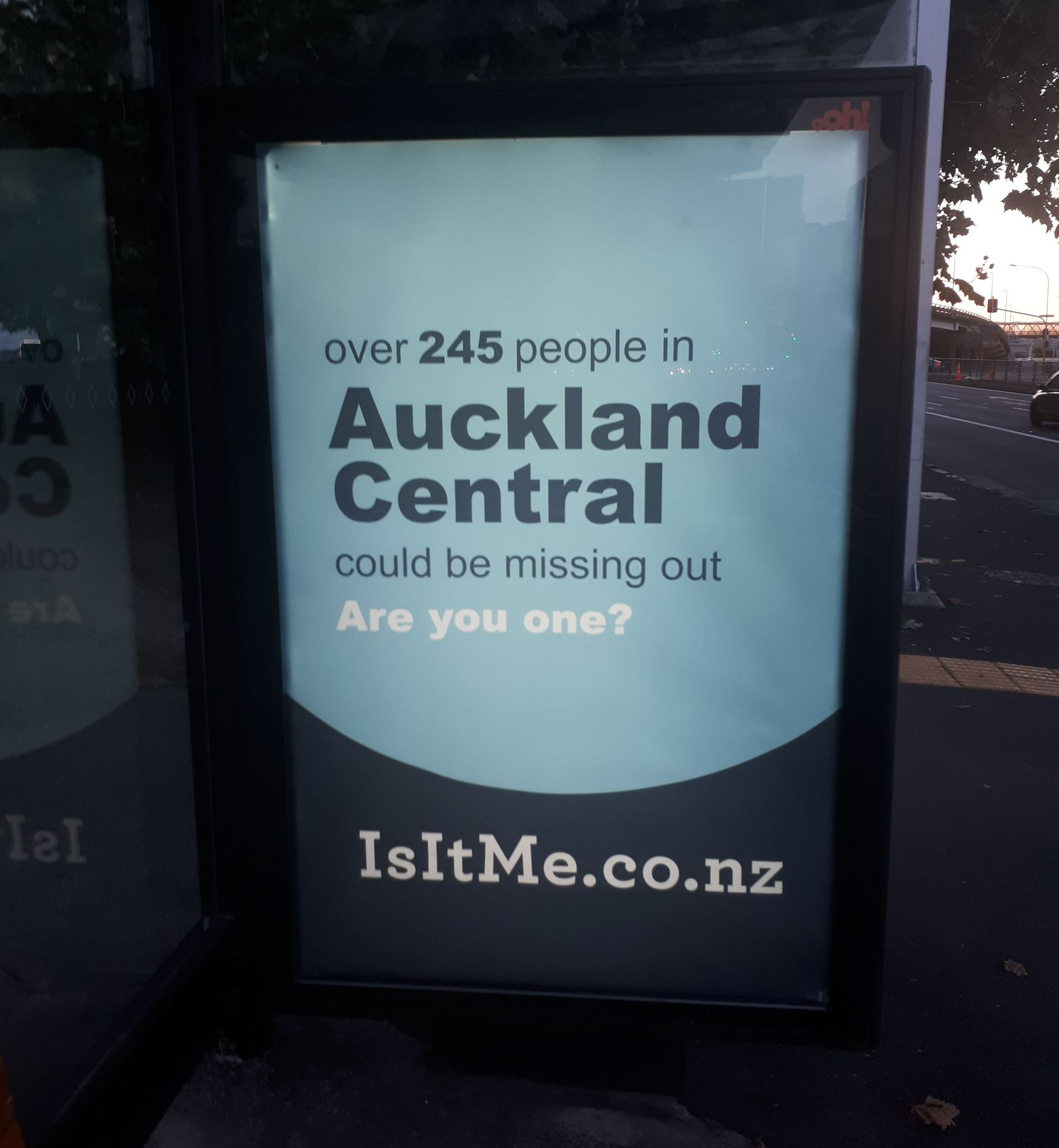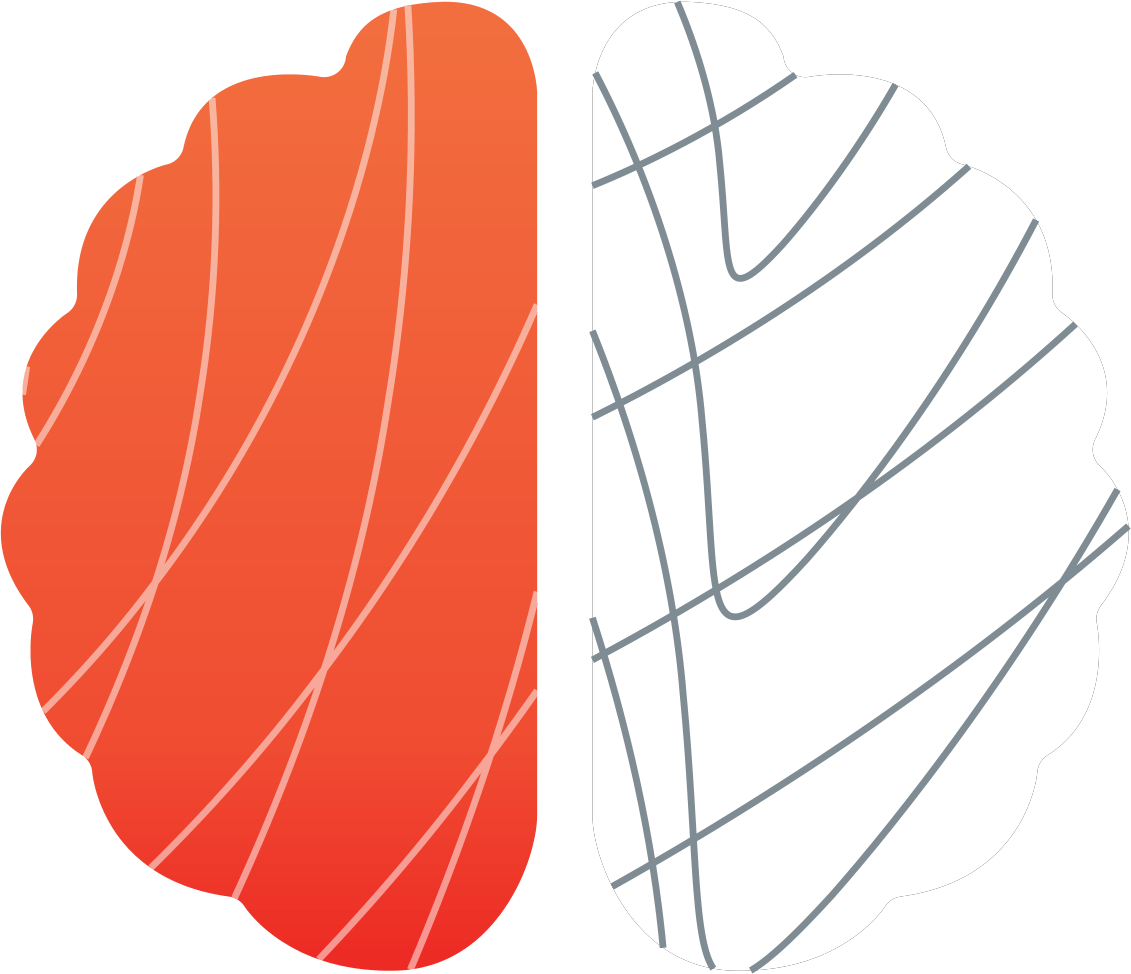How we can lift the influence of designers – and the potential for good design – within NZs organisations
Navigating the Shifting Landscape of Design
I’m fortunate to have worked with some incredibly talented and creative individuals and teams, designing fantastic experiences, products and services across a range of different sectors. Whatever job title they’re carrying (here on in I’ll use the term ‘designers’), they’re crafting much needed solutions to a range of important problems.
However designers have been doing it tough recently. Once upon a time, organizations invested heavily in design teams, providing them with the space and resources to deliver innovative solutions to critical challenges. Today, many of those same teams have experienced cutbacks and restructuring as organizations seek cost savings.
While design isn’t the only function or sector experiencing this challenge, we should be concerned as designers are often well placed to help organisations respond to the current economic and social climate, by developing desperately needed solutions. Why has this happened, and could there be a lesson to learn?
Embracing the spirit of countering pessimism with long-term optimism, I propose a thesis: when times were good, our industry did not adequately prepare itself for inevitable challenges. Through anonymous insights from various experts, I hope to highlight the lessons learned and support the ongoing hard work in our field.
The Twin Bedfellows: Innovation and Risk
Let’s start with a personal experience. I once worked on a project where there was a clear customer need and a space ripe for a new service that would benefit both users and my client. We went through the discovery process, envisioned a solution, and identified the need for further testing. A few weeks later, we had a playback session with senior sponsors, and everyone walked away excited. It seemed promising.
However, 18 months later, the project never saw the light of day. Despite the initial enthusiasm, it languished in the backlog, never receiving the necessary resources for implementation.
My suspicion is that the senior sponsors, despite their excitement and support at the time, have been inundated with new ideas in their career, some of which promised much but delivered little. When it came time to allocate scarce resources, less risky initiatives were likely prioritized (“no one’s been fired for buying IBM”).
Talking to a range of senior design leaders over the past 12 months, it seems clear that this experience isn’t unique.
I suspect the challenge that is being faced – a common challenge – is that the narrative we use to influence senior stakeholders has to change as we move along the process. While a more ‘value creation’ and risk-accepting mindset may work at the beginning of a project, as we move through the project cycle and start asking for greater resource, we’re likely to face more of a risk avoidance mindset.
What Does This Mean?
Many design teams are facing significant challenges, particularly in times of restructuring and budget cuts. Team leaders often ask how to maintain or build their authority within their organizations under such conditions. The key question is: what value do we deliver that the organization couldn't achieve without us?
A McKinsey study found that design-led organizations outperform their less design-focused counterparts, with profits approximately doubling. However, only a third of senior executives felt confident about how design contributes to business metrics. This gap in understanding underscores the need for design teams to better measure and communicate their impact on business performance.
It's been clear in speaking with some designers that there is a level of discomfort in this perspective – for some it infers a customer/user vs organisation mindset. This isn’t the case. We can deliver business value (however defined) and customer value at the same time. The question is, if we don’t measure it, how do we know whether we’re on the right path, and where we’ve actually delivered value?
Designers are inherently creative, empathetic, and adept at navigating complexity. However, demonstrating value requires a different skill set: the ability to measure impact and link it to business performance.
The Counterfactual: The (Design) World as It Could Be
We have a significant opportunity to more diligently measure and assess the impact of our work. One way we can do so is to take a more scientific mindset to business and design decisions, or as Richard Chataway calls it, pursuing "test tube behaviours". Basically, an idea remains just an idea until it is proven, much like a scientific theory without evidence.
In my training as a research psychologist, and later in evaluating social policy initiatives, I learned to compare our interventions (the counterfactual) to the status quo (the factual). Demonstrating positive improvements justified continuing initiatives; otherwise, they were quickly shut down.
More recently, in a lot of the commercial and not-for-profit work that I’ve conducted, demonstrating how our intervention compares to the status quo has been no less important. However, given the need to deliver projects at pace, to keep a fast cadence of progress in an often-short window of opportunity, we’ve needed to do so in slightly different ways. In these situations, the mindset of thinking through how we can demonstrate the improvement that would occur from what we’ve created is still important.
And demonstrating our impact is important. For example, a recent report from Optimizely found that only 18% of tested ideas had a positive impact, meaning 82% had no impact or a negative impact. While you might argue that your ideas are too complex or difficult to test, my experience suggests that with thoughtful discussion and planning, many projects can demonstrate impact while reducing risk.
Irrespective of your situation, the thinking remains the same – is the world that we are designing a significant enough improvement from the world as it is today to warrant the resources needed to deliver it? Also, as there’s no guarantee that our initiative will actually make a difference, can we minimise our level of risk?
As we try to convince senior stakeholders to put their reputation and the organisation’s resources towards our ideas, this demonstration of impact and reduction in risk might be just what they need. There are always competing initiatives that these stakeholders will be weighing up!
Building a Business Case that Demonstrates Value and Impact
We work in an area where stakeholders must put their resources and reputations on the line to pursue innovative solutions. While risk is inherent to progress, humans have a natural tendency towards risk aversion, both in business and personal lives.
Here are some strategies for presenting a compelling argument for pursuing risky ventures, even in a challenging market:
- Align Design Challenges with Business Metrics: Clearly define and align design challenges with metrics that matter to the business. Understand what drives the organization's concerns, whether it's customer satisfaction, employee turnover, or sales figures. By aligning your design initiatives with these metrics, you demonstrate the direct value of your work.
- Demonstrate the World as Is vs. the World as It Could Be: Illustrate the current state (factual) and compare it to the potential future state (counterfactual) if your design solution is implemented. This comparison helps stakeholders visualize the tangible benefits of your proposal and understand the value of investing in your ideas.
- Identify and Challenge Assumptions: Clearly outline the biggest assumptions in your business case. By identifying these assumptions, you can test and validate them, reducing uncertainties (i.e. risks) and strengthening your proposal's credibility.
- Communicate Impact Widely: Ensure that the business impact of your design solutions is communicated far and wide within the organization. Use various channels to share your success stories, metrics, and case studies, ensuring that your work is recognized and valued across all levels of the organization.
The design community has the potential to drive significant value within organizations, even in challenging times. By aligning our work with business metrics, measuring and communicating impact, and strategically mitigating risks, we can build a compelling case for the importance of design. Let's embrace the spirit of long-term optimism and continue to advocate for the transformative power of design in shaping a better future.
Remember, there are no bad ideas - just unproven ones.




